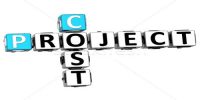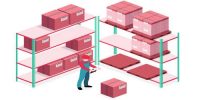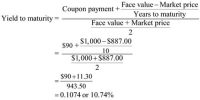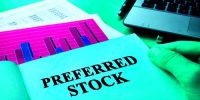Investors rarely place their entire wealth into a single asset or investment. Rather, they contrast a portfolio. A portfolio is a combination of two or more securities or assets. Investors form a portfolio to minimize the risk of investment and/or to maximize the return.
The objective of portfolio formation is achieved through forming an efficient set of assets which either will maximize the return at a given level given a level of return.
Theory of portfolio suggests that a portfolio should be a well-diversified combination of assets from a range of assets from the’ market had negative correlations. If we can properly diversify our investment the unsystematic or company specific, so risks can be eliminated.
So, we can say that a well-diversified portfolio assumes the systematic risk of investment only. In forming an efficient portfolio, Markowitz efficient set and theory of optimal portfolio choice help investors and academicians to understand the zeal of portfolio formation.
The riskiness of a portfolio: Unlike the situation with returns, the standard deviation of a portfolio, σ, is generally not a weighted average of the standard deviation of the individual securities in the portfolio, and each stock’s contribution to the portfolio’s standard deviation is not σ1x1. Indeed, it is theoretically possible to combine two stocks which are, individually, quite risky as measured by their standard deviations, and to form from these risky assets a portfolio which is completely riskiness, with σp = 0%. However, the standard deviation of returns of a portfolio can be calculated from its expected returns and associated probabilities using the following equation:
σP = √∑[(Rpi – Rp)2 x Pi]
Covariance and the Correlation Coefficient:
Two key concepts in portfolio analyses are (1) Covariance and (2) the correlation coefficient.
Covariance is a measure of the degree to which two variables move together relative to their individual mean values over time. The following equations can be used to find the covariance between stocks A and B:
Calculating co-variance from expected return data,
COVAB = ∑ Pi x [(RA – ŘA)(RB – ŘB)]
If stocks A and B tend to move together, their covariance, COBAB will be positive. While if they tend to move counter to one another, COVAB, will be negative. If their returns fluctuate randomly, could be either positive or negative, but in either event, it will be close to zero.
The correlation coefficient standardizes the covariance by taking into consideration the variability of the two individual return series, as follows:
ρAB = (COVAB – σAσB)
ρAB = correlation coefficient between returns of two stocks A and B.
The sign of the correlation is the same as the sign of the covariance, so a positive (+) sign means that the variables move together, a negative (-) sign indicates the move in opposite directions, and if ‘ρ’ is close to zero, they move independently of one another. Moreover, the standardization process confines the correlation coefficient to values between – 1.00 and + 1.00.
The correlation equation can be solved to find the covariance: COVAB = σAσB ρAB














